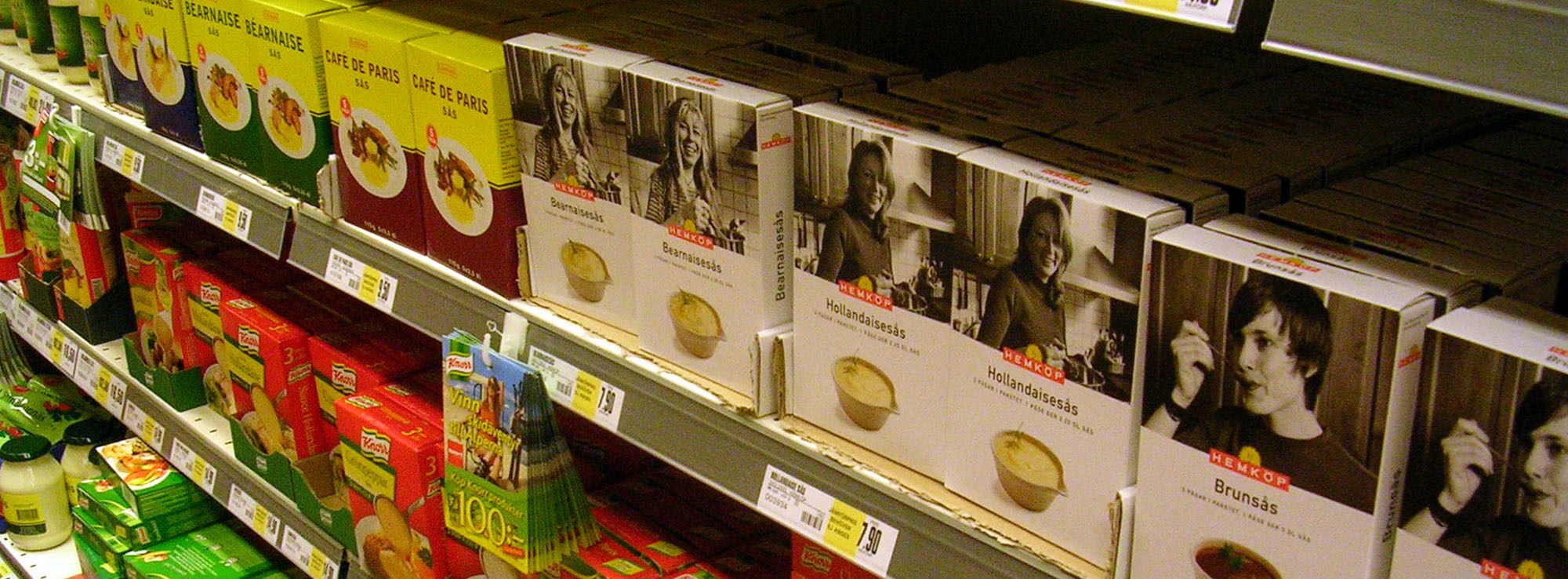
Private Label must hold their prices
In the current inflationary environment, where FMCG manufacturers are looking to pass on the full impact of cost increases to consumers, retailers in many markets are strategically poised to hold prices of their private label products in categories where they want to increase penetration and grow value sales.
This is one of the predictions from IRI’s biannual ‘FMCG Demand Signals’ report that was recently released.
The study reveals how national brands throughout Western Europe grew total FMCG value sales by €35bn (+0.6% only) over the last year.
Overall, FMCG value sales grew 3.1% to €579bn in the year to July 2021, with chilled & fresh food accounting for more than half of all sales (51.3%).
Brands more trustworthy than private label?
The IRI report also shows that during the pandemic, consumers throughout Europe sought reassurance from buying recognized and trusted brands in almost every FMCG category, despite retailer-owned private labels widening the price gap by offering discounts and promotions.
Ananda Roy, International Senior VP of Strategic Growth Insights at IRI, commented:
“As the indexed price gap widened between national brands and private labels, you would have expected to see shoppers opting for the substitutes that offered better value. Surprisingly, this did not happen.”
Inflationary measures and home deliveries
As inflationary measures hit parts of Europe and national brands raise their prices, retailers must decide where they will allow price increases to flow directly through to consumers.
Undoubtedly, we will see price hikes for many staple national brands. Hence, in categories where major supermarkets and discounters wish to see greater private label penetration, they must hold their prices to be more competitive.
During the report period, which covered stay-at-home lockdowns across key European markets, IRI found that the structure of food-vs-non-food contribution did not change significantly, with food making up on average 80% to 85% of category value. However, the retail channel split did reflect how people bought more food at supermarkets, hypermarkets, and discounters.
With the easing of mobility restrictions during the second quarter of this year, online sales declined marginally from highs just above 8% to around 7.5% of overall category value – somewhat more resilient than analysts had predicted as hybrid purchase behavior seeking ‘deals and convenience continue.
IRI concludes that it remains to be seen whether the rise of grocery-delivery services and apps will continue as food prices rise and already thin retailer margins are eroded.